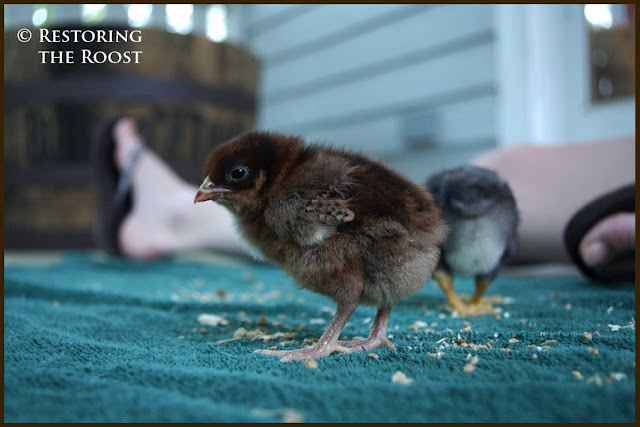Hi, folks! Ever wondered what it would take to nominate your historic property to the National Register of Historic Places?
Today I will begin a series of posts to help guide you through the lengthy nomination process and offer some useful tips along the way. To preface, please be aware that if you want your National Register nomination done right, my best advice is to
hire a qualified consultant. They should be experienced in preparing nominations, conducting research, and evaluating historic properties and should know how to work directly with your State Historic Preservation Office (SHPO). This will save lots of time and energy on your part. On the other hand, if you do attempt to prepare the nomination yourself, be prepared to turn in several drafts before your application is accepted for review by your SHPO and state advisory committee that reviews nominations.
With that said, if you
really want to take a stab at it yourself, I'm going to offer some tips for
before you begin preparing your National Register nomination.
Tip #1: Purchase or download a copy of National Register Bulletin #15. You will need to read and refer to it again and again! Here is a link:
http://www.nps.gov/nr/publications/bulletins/nrb15/ Also, National Register Bulletin 16A is a good one to have on hand if you've never completed a nomination form before. Click here for the link:
http://www.nps.gov/history/nr/publications/bulletins/nrb16a/Tip #2: Get to know your property! Why is it significant and why does it deserve nomination to the National Register? How intact is the property in terms of original materials and floor plan? This will affect its
integrity (we will talk more about integrity later). Remember, it must possess significance under:
- Criteria A (association with significant events that have contributed to the patterns of history)
- Criteria B (association with a significant person)
- Criteria C (represents the work of a master or a significant representation of a type of architecture or art), or
- Criteria D (yielded or may yield important information in history or prehistory) or
- In cases only when a property or site possesses "exceptional significance," can it qualify under Criteria G (attained significance within the past 50 years).
Additionally, properties such as cemeteries, birthplaces, commemorative sites, religious properties, moved properties, reconstructed properties, and properties less than 50 years old usually are not considered for nominating to the National Register. There are exceptions to this rule, however, and they are detailed in NPS National Register Bulletin 15.
Your property must be significant under one or more of the criteria above under a particular category of theme such as "education," "community planning and development" or "agriculture." Your property doesn't have to be an architectural masterpiece to deserve nomination to the National Register. Sometimes simply being an excellent representation of a particular style or house type in your county of residence is enough merit significance. Or perhaps your home was the stage of an important social or cultural event? Is your property significant on a local level, statewide level, or national level? These are all questions you should consider. If you can't determine why or how your property could be significant, then you will want to rethink your decision to nominate it to the National Register of Historic Places.
Tip #3: Make preparations for things you will need in order to complete the nomination form. For example, you will need a USGS quad map and a utm counter in order to complete the geographical information section. You may need to make an appointment with your SHPO to learn the process for this step. Or, perhaps you will need someone to help you draw or sketch floor plans of your property if there aren't any existing ones for you to work with.
Tip #4: Plan when and how you will document the property. Photos are very important to the nomination packet, and you will need to take both exterior and interior photographs from various angles, of each elevation and interior view, and of as many details that are necessary to demonstrate the significance and architectural details of the property. Also important are contextual photographs to demonstrate the property's relationship to the surrounding neighborhood, streets, or outbuildings.
Tip #5: Make sure your property possesses integrity, which include these seven aspects:
- Location
- Design
- Setting
- Materials
- Workmanship
- Feeling
- Association
 |
The Murphey School possesses excellent integrity, capturing all seven aspects detailed in National Register Bulletin 15. It was listed in the National Register in 2009 and the owners were then able to take advantage of state and federal rehabilitation tax credits. |
The next post in this series will deal with
background research and documentation for your historic property's nomination. Stay tuned!
























